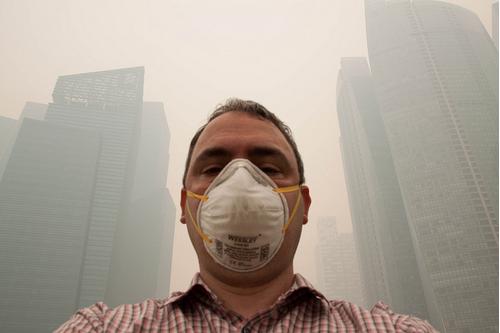Understanding the Pros and Cons of DIY Air purifier
Impurities in the air are a concern to anyone who wants to avoid respiratory problems, and installing an air purifier as a do it yourself project is an option worth considering. Given the low cost budget required to set up your own air purifier, this option has emerged as one popular option in many poorer cities where majority of the population find such leading air purifier as IQAir to be way too unaffordable.
Some concerns that you may encounter can delay or derail a project, and anticipating what can go wrong helps you find a way around typical problems. By conducting an air purifier review, you can find the best air purifier for your purposes.
So, should you choose to jump into it and start making your own DIY air purifier? Few considerations are important which you might want to ponder a little more before rushing your decision.
What are those considerations? Read on to learn more.
Pros and Cons of DIY Air Purifier
What Air Purification Power Do You Need?
To get the most effective results from your efforts, you need one that can treat the entire interior of your home or one that is suitable for one room. A system that can clean the air in your whole house may require duct-mounted units or several room air purifiers.
Room units may cover a space as small as 80 square feet or as large as 800. The advantage of using a room air purifier is that the cost for one unit is less than that for treating an entire residence. The disadvantage is that it may not remove as many air particles as one that treats a larger area.
So, knowing what kind of air purification efficiency you need is the first thing you need to ask yourself.
Quality of Your DIY Unit
The poor quality of air in some areas of China is notorious, and it poses serious threats to health. Bloomberg Businessweek recently reported on the efforts of aFulbright scholar to design and build an air purifier for his home.
Living in China for a year led him to investigate the components of air purifiers, and his research led to the development of a simple system. The basic components consisted of a HEPA filter and a fan, and he fashioned a Velcro strap to secure them together.
Testing the effectiveness of his invention required an investment in a monitor, but the results were impressive. By strapping the filter to the flat surface of an ordinary fan, he reduced PM.05 levels indoors by nearly 85 percent. Levels of PM 2.5 indoors fell by more than 90 percent.
From the picture and demonstration, constructing your own DIY air purifier appears like such a simple thing. But getting down right to do it yourself is another thing which might be more challenging that it seems.
One thing you want to keep in mind is the quality of your fan. Some fans are more powerful than others and they run on better quality motor. Think about it. How long do you think your fan will last if you have to turn it on 24×7? Does it have enough power to deliver the kind of CADR rate that top-rated air purifiers for smoke removalin the likes of Rabbit Air MinusA2 is able to deliver?


